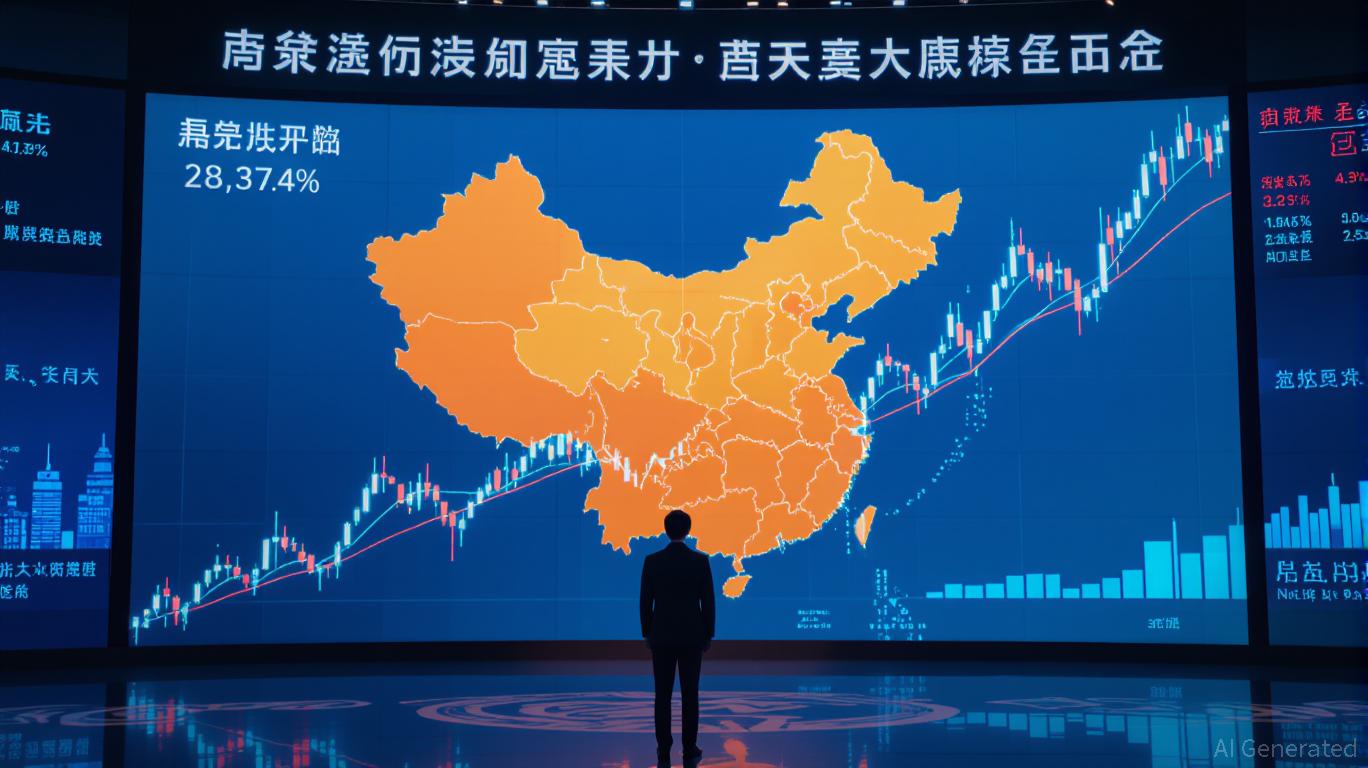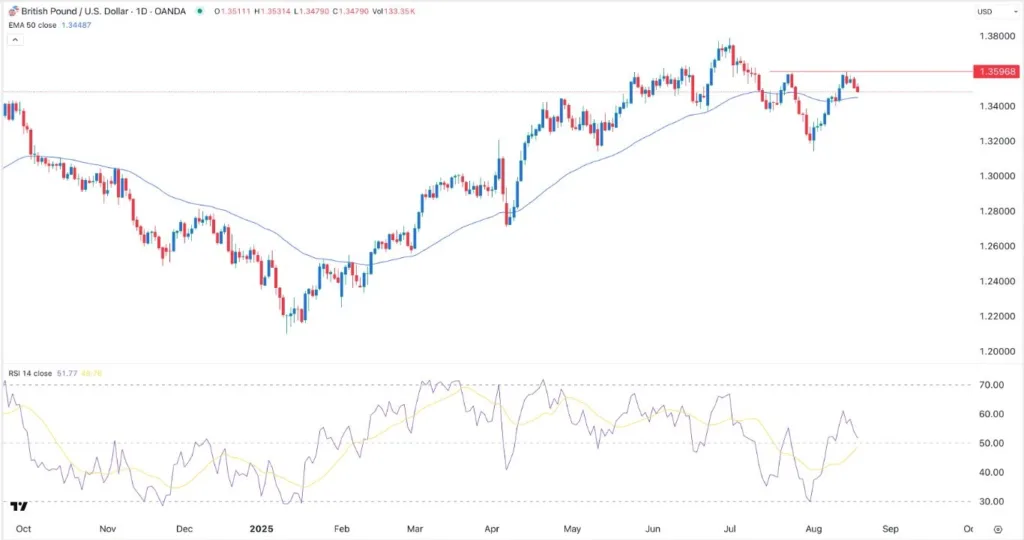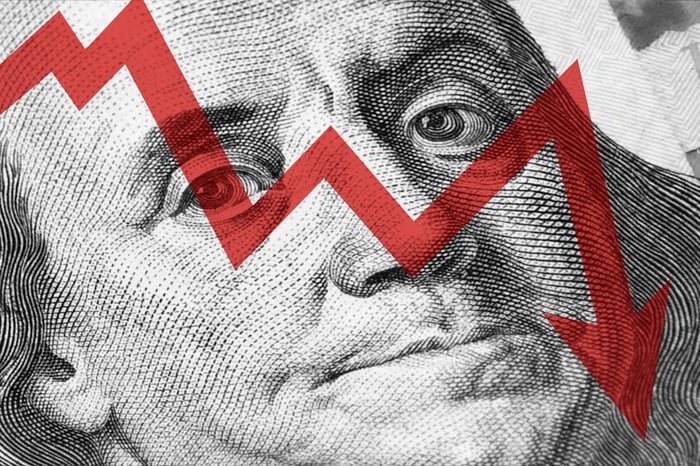
The Chinese stock market, a $11 trillion behemoth, has long captivated global investors with its blend of high-growth potential and systemic risks. In 2025, the Shanghai Composite Index has surged 28.39% year-to-date, outpacing many global peers. Yet, beneath this optimism lies a complex web of structural challenges and policy-driven opportunities. For investors, the question is not whether China’s market can deliver returns, but how to navigate its contradictions while aligning with long-term strategic goals.
Structural Risks: The Weight of Involution and Overcapacity
China’s economy is grappling with two persistent issues: economic involution and sectoral overcapacity. The former refers to a self-defeating cycle of hyper-competition, where businesses slash prices and margins to survive, eroding profitability. The latter, particularly acute in industries like electric vehicles, solar panels, and batteries, has led to global price wars and thinning returns.
The July 2025 Politburo meeting underscored the urgency of addressing these issues. Policymakers are revising competition regulations, reducing subsidies in overcapacity sectors, and encouraging consolidation. However, these measures risk short-term volatility as companies adjust. For example, the property sector—still a 30% of GDP—remains a drag, with developers like Evergrande and Country Garden struggling to restructure.
Trade tensions with the U.S. add another layer of uncertainty. While the 90-day tariff truce has eased immediate pressures, the long-term outlook hinges on whether China can decouple from global supply chains without stifling growth.
Opportunities: Consumption, Innovation, and Rural Revitalization
Despite these risks, China’s market offers compelling opportunities. The 15th Five-Year Plan (2026–2030) is expected to prioritize consumption-driven growth, targeting rural and elderly demographics. Subsidies for big-ticket items like electric vehicles, white goods, and furniture could unlock $1.2 trillion in pent-up demand.
The technology sector remains a bright spot. Companies like Tencent, Alibaba, and Xiaomi have surged 20–36% year-to-date, driven by AI advancements and digital transformation. The launch of DeepSeek’s low-cost AI model has further accelerated adoption, creating a tailwind for cloud computing and data centers.
Meanwhile, rural revitalization is gaining traction. The 2024–2027 Rural Comprehensive Revitalization Plan aims to modernize agriculture, boost e-commerce, and improve infrastructure. This could unlock $500 billion in rural consumption over the next five years, with companies like YTO Express and JD.com well-positioned to benefit.
Valuation Attractiveness and Policy Catalysts
Chinese equities trade at a steep discount to global peers. The MSCI China Index has a P/E ratio of 11x, 47% below the S&P 500’s 20x. This gap reflects both undervaluation and lingering risks, but for long-term investors, it represents a compelling risk-reward profile.
Policy catalysts will be critical in 2025. The Fourth Plenum in October is expected to outline concrete steps to combat involution, including stricter capacity controls and incentives for innovation. The 15th Five-Year Plan will likely emphasize carbon neutrality, welfare reforms, and service-sector expansion, creating opportunities in green energy, healthcare, and elderly care.
Investment Strategy: Balancing Caution and Opportunity
For global investors, the key is to diversify across sectors while hedging against policy and geopolitical risks. Here’s a framework:
- Tech and Innovation: Overweight AI, semiconductors, and green energy. Companies like Baidu and BYD are positioned to benefit from both domestic demand and global export opportunities.
- Consumer Staples: Target rural and elderly demographics. Look for firms in food, healthcare, and e-commerce.
- Policy-Driven Sectors: Focus on urban renewal, carbon monitoring, and service-sector reforms.
- Hedging: Use short-term CFDs or options to mitigate exposure to trade tensions and regulatory shifts.
Conclusion: A Market in Transition
China’s stock market is at a crossroads. While structural risks like involution and overcapacity persist, the government’s push for consumption-led growth and technological innovation offers a path to long-term resilience. For investors, the challenge is to separate noise from signal—focusing on sectors aligned with the 15th Five-Year Plan and avoiding overexposure to cyclical industries.
As the Fourth Plenum approaches, the coming months will be pivotal. Those who can navigate the volatility and align with China’s strategic priorities may find themselves well-positioned for a market that, despite its struggles, remains a cornerstone of global capital.





